For decades, the specter of nuclear waste has haunted the promise of atomic energy. Mountains of spent fuel rods accumulate in temporary storage facilities, their radioactive half-lives stretching into millennia. But what if we could transform this environmental liability into something valuable? Enter the cutting-edge field of accelerator-driven transmutation - a 21st-century alchemy that might turn nuclear waste into gold, both figuratively and literally.
The concept sounds like something from medieval mysticism or science fiction: bombarding nuclear waste with particle beams to transform dangerous isotopes into stable or even precious elements. Yet this process has firm grounding in nuclear physics. When high-energy protons strike heavy nuclei, they can induce reactions that fundamentally alter the atomic structure of materials. Researchers have discovered these reactions can be harnessed to "transmute" problematic radioactive isotopes into less hazardous forms.
At the heart of this technology lies the particle accelerator - not the massive colliders used for fundamental physics research, but more compact, purpose-built machines. These systems fire protons at a heavy metal target, typically liquid lead or bismuth, generating an intense shower of neutrons. These neutrons then irradiate the surrounding nuclear waste, initiating nuclear reactions that can break long-lived radioactive isotopes into shorter-lived or stable daughter products.
The implications are profound. Current nuclear waste contains plutonium-239 with a half-life of 24,000 years and other actinides that remain hazardous for geological timescales. Transmutation could reduce this to centuries or even decades. Some byproducts might even have commercial value - certain platinum group metals and rare earth elements could theoretically be extracted from the processed waste.
Several countries have already invested heavily in transmutation research. China's China Initiative Accelerator-Driven System (CIADS) represents one of the most advanced programs, having begun construction in 2020. The European MYRRHA project in Belgium aims to demonstrate the feasibility of large-scale transmutation by 2030. Even the United States, which largely abandoned transmutation research in the 1990s, has seen renewed interest through Department of Energy initiatives.
The technical challenges remain formidable. Designing accelerator systems reliable enough for continuous operation in nuclear facilities requires breakthroughs in engineering. The neutron-producing targets must withstand unimaginable punishment - temperatures exceeding 800°C, intense radiation damage, and constant bombardment by high-energy particles. Materials science is being pushed to its limits to develop components that won't rapidly degrade under these extreme conditions.
Perhaps the most delicate challenge involves the chemistry of separation. After irradiation, the transmuted waste must be processed to isolate useful elements from remaining radioactive materials. This requires advanced reprocessing techniques that minimize secondary waste streams. Researchers are developing novel solvent extraction methods and pyrochemical processes that could make this separation both efficient and proliferation-resistant.
Economic factors also loom large. While transmutation could theoretically reduce the need for geological repositories, the infrastructure required doesn't come cheap. A single accelerator-driven system capable of processing meaningful quantities of waste would cost billions to construct. Proponents argue these costs must be weighed against the long-term expenses of conventional waste storage and the potential value of recovered materials.
The regulatory landscape presents another hurdle. Current nuclear waste management frameworks in most countries weren't designed with transmutation in mind. New safety protocols and licensing procedures would need development, a process that could take years even after the technology matures. Public acceptance also remains uncertain - while transmutation offers clear environmental benefits, it still involves handling and processing highly radioactive materials.
Beyond waste management, transmutation opens other intriguing possibilities. The same basic technology could be adapted to produce medical isotopes currently in short supply worldwide. It might enable more efficient utilization of nuclear fuel by burning isotopes that conventional reactors can't. Some visionaries even speculate about purposefully creating precious metals, though the economics of such endeavors remain questionable.
As research progresses, the first practical applications will likely focus on specific problematic isotopes rather than bulk waste treatment. Elements like technetium-99 and iodine-129, which contribute disproportionately to long-term radioactivity in waste streams, make particularly attractive initial targets. Success with these could pave the way for broader implementation.
The coming decade will prove crucial for accelerator-driven transmutation. As demonstration projects come online and generate real-world data, we'll gain clearer insight into whether this technology can scale to meet our nuclear waste challenges. While not a silver bullet, it represents one of the most promising avenues for transforming nuclear energy's greatest liability into something far less threatening - and perhaps even valuable.
In laboratories around the world, teams of physicists, engineers, and materials scientists are working to turn this atomic alchemy from theory into practice. Their success or failure may well determine whether nuclear power can ever fully shed its waste problem and realize its potential as a clean energy source for the future.

By /Aug 5, 2025

By /Aug 5, 2025
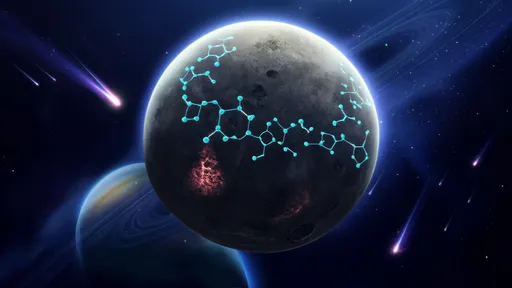
By /Aug 5, 2025
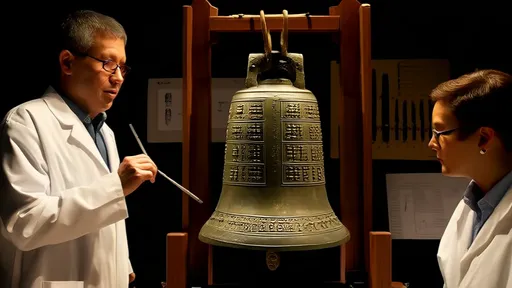
By /Aug 5, 2025

By /Aug 5, 2025

By /Aug 5, 2025

By /Aug 5, 2025

By /Aug 5, 2025
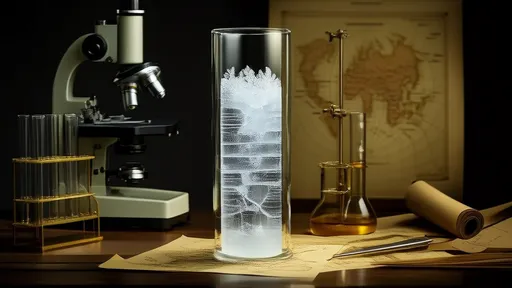
By /Aug 5, 2025
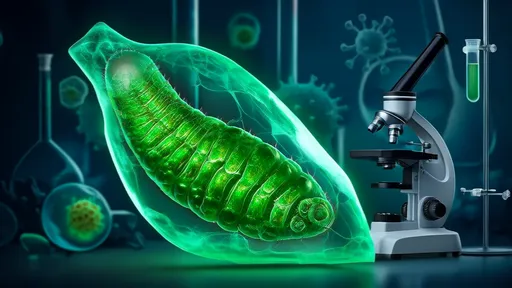
By /Aug 5, 2025
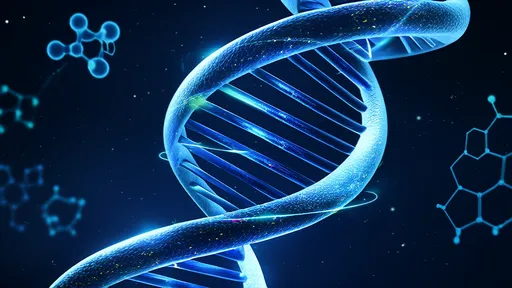
By /Aug 5, 2025
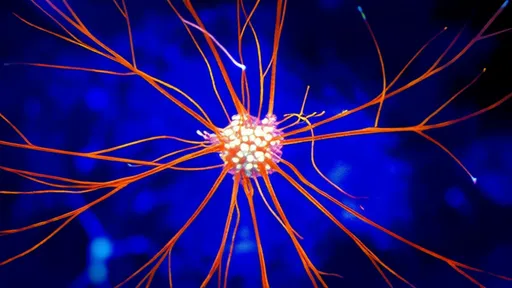
By /Aug 5, 2025
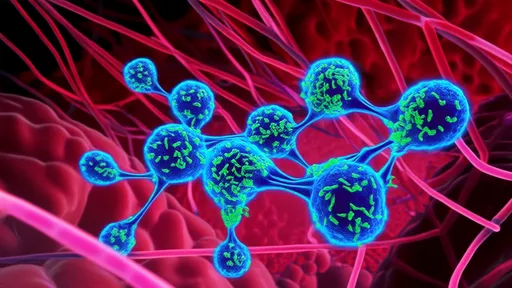
By /Aug 5, 2025
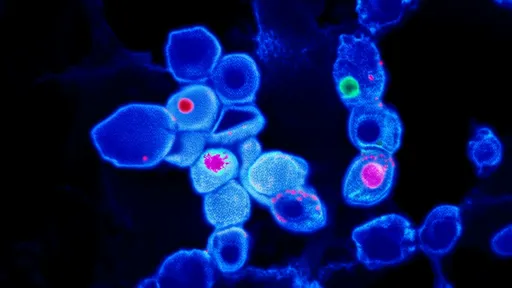
By /Aug 5, 2025
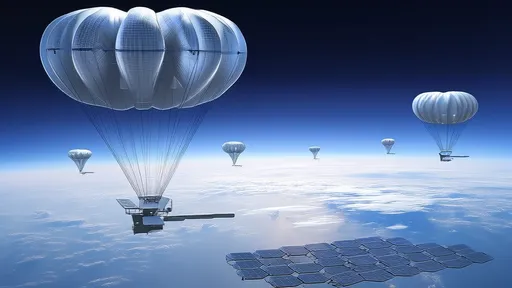
By /Aug 5, 2025
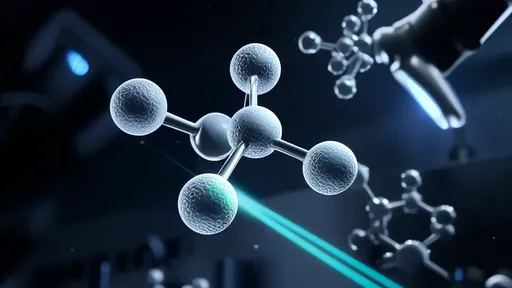
By /Aug 5, 2025
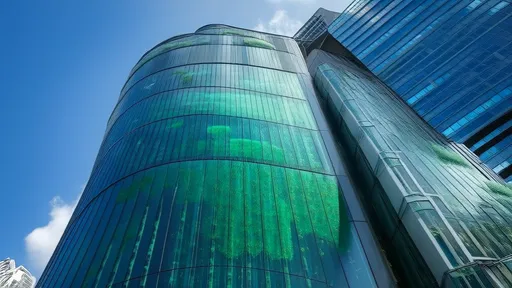
By /Aug 5, 2025
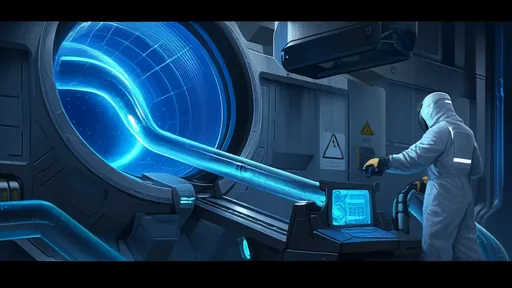
By /Aug 5, 2025
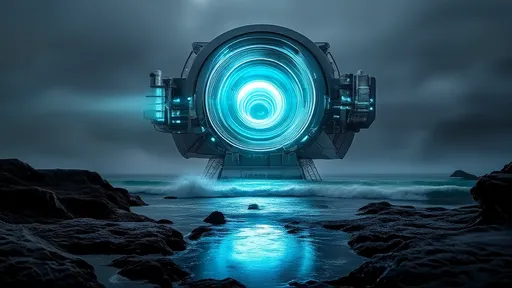
By /Aug 5, 2025
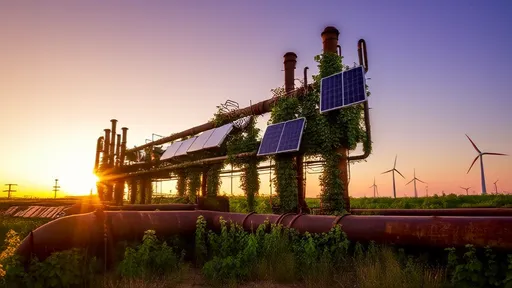
By /Aug 5, 2025